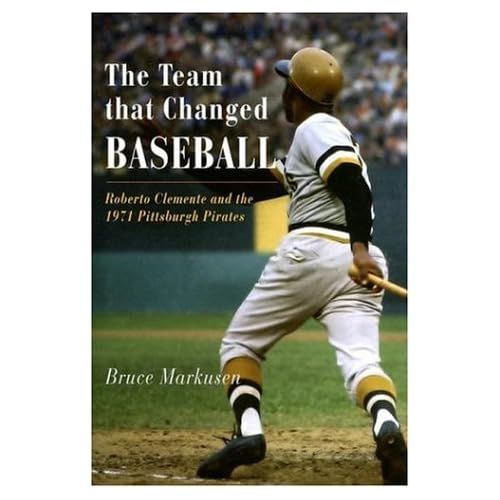The long-awaited 2007 National Baseball Hall of Fame voting results were announced last week, and as you know, there were two new entries. By nearly unanimous votes, San Diego padres outfielder Tony Gwynn and Baltimore Orioles SS/3B Cal Ripken, Jr. were both elected and will enter Cooperstown as the Class of 2007. Both were class-acts as people and as players, and both are richly deserving of this honor.
Speaking of honor, the Baseball Writers Association of America (BBWAA) largely chose not to honor former Oakland and St. Louis slugger Mark McGwire with their votes, as more than three-quarters of them left him off their ballots in his first year of eligibility. The big questions stemming from that event are "Why?" and "Will he ever be elected?" Let's look at why the voters did or did not vote for him first.
The first thing to consider, as should always be the case for the Hall of fame, is why anyone should vote for a given player, so let's look at Big Mac's credentials. McGwire retired after the 2001 season with 583 career homers, which was 5th on the all-time leader list at the time, though he's since been passed by both Barry Bonds (734 and counting) and Sammy Sosa (588, and not). McGwire's relatively lackluster batting average (.263) and hit total (1626) are arguments against him as a Cooperstown Cronie, as was his generally paltry contribution to team defense, but five years ago, it was thought that his prodigious power and patience would more than compensate.
20 December 2007 Update:
The rest of this post was hosted on All-baseball.com last year, but then their server crashed and they had no backup, so my hard work is lost to posterity. Suffice it to say that, in my investigations, it seemed to me that most players who started out with around 25% of the vote eventually picked up enough steam to get in. Of course, there's never been an issue quite like this before, and it remains to be seen whether the BBWAA writers will be content to let their punishment be not voting for McGwire for one or two or three years, i.e. if they intend to vote for him eventually, just not now, or if they plan to leave him off the ballot forever.
I would think that McGwire would welcome the Mitchell Report and other such research, as the more names get linked to steroids, HGH and other performance enhancing drugs, the better he looks, right? According to at least one witness, in 2002, even the Marlins and Expos were using PEDs, and they weren't even any good! I mean, seriously, his cheating is really only a big deal if nobody else was doing it, right? But the more we learn, the more rampant the problem appears to have been, or perhaps, to still be. In short, if everyone (or almost everyone) was using PEDs when McGwire played, then the playing field was basically level again, albeit on a much higher plateau, and McGwire's dominance of that level is still very impressive.
If you want to keep Big Mac out of the Hall of Fame because you think he did something ethically wrong, essentially to take the "character" part of the Hall of Fame considerations out to their logical end, then sure, you can leave McGwire off your ballot as long as you want. But if the usage of PEDs was as rampant as Jose Canseco would have you believe in Juiced, or even as the Mitchell Report would suggest, then perhaps McGwire didn't have the advantage we think, and he really was that good.








